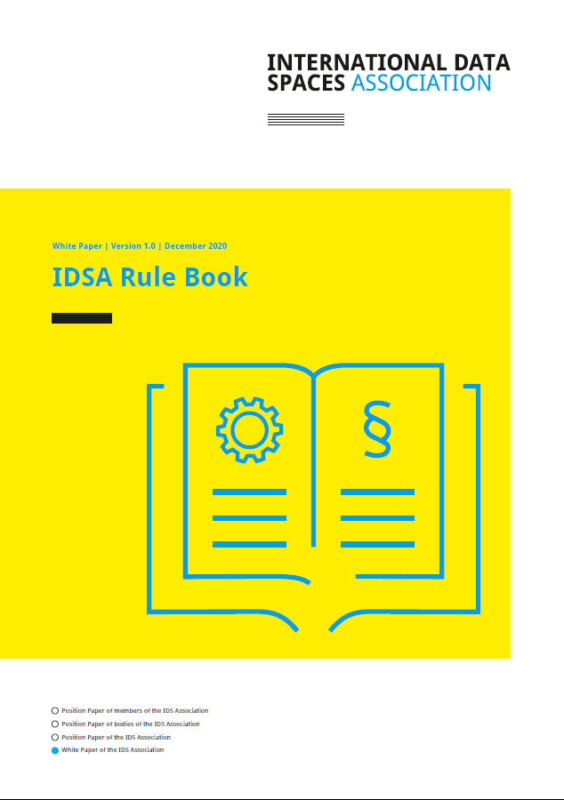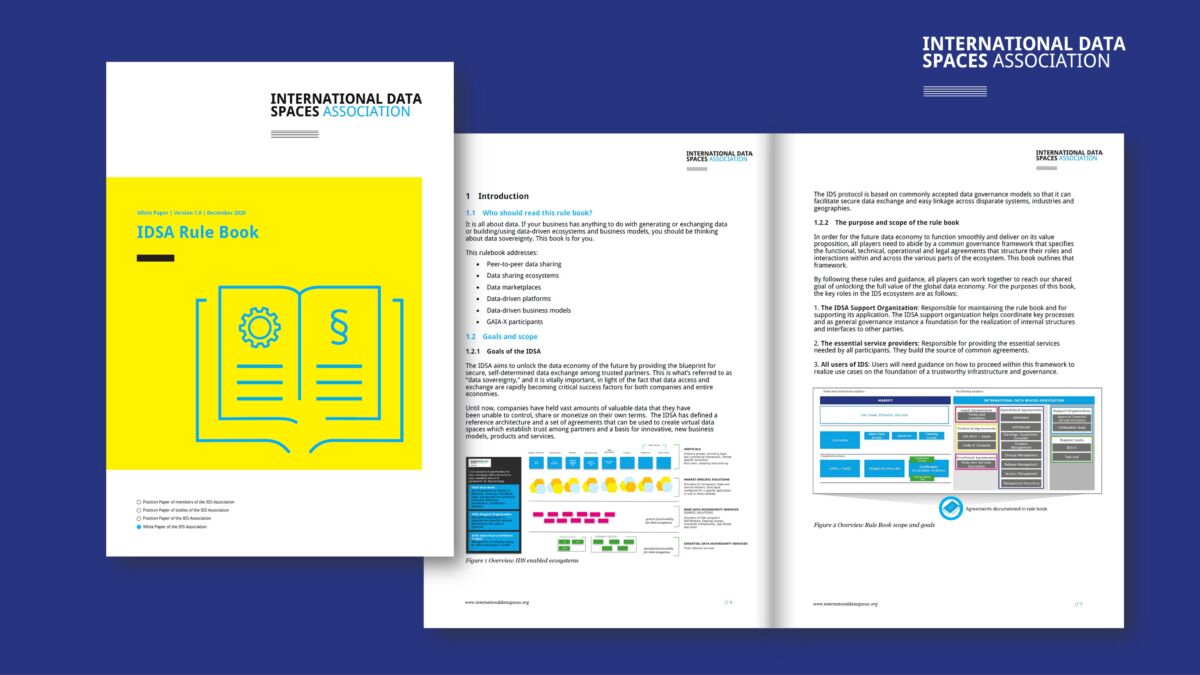Until now, companies have held vast amounts of valuable data that they have been unable to control, share or monetize on their own terms. The IDSA has defined a reference architecture and a set of agreements that can be used to create virtual data spaces. The IDS protocol is based on commonly accepted data governance models so that it can facilitate secure data exchange and easy linkage across disparate systems, industries and geographies.
For the future data economy to function smoothly, all players need to abide by a common governance framework that specifies the functional, technical, operational and legal agreements that structure their roles and interactions within and across the various parts of the ecosystem. The recently published IDS Rule Book outlines that framework.
“Key requirement to make data-driven business ecosystems a reality is to have a set of rules and policies that govern it in a decentralized way. All these rules and policies are collected in the IDS Rule Book. By following these rules and guidance, all players can work together to reach our shared goal of unlocking the full value of the global data economy.”
Sebastian Steinbuss, CTO at IDSA
The IDSA rule book defines structures and processes for implementing the IDS-Reference Architecture Model in the real world. This includes putting essential services in place as well as defining key processes, such as admission and withdrawal of participants. These rules and guidelines can be applied in and across all industries and sectors. IDS is a horizontal approach, enabling data sovereignty to propagate throughout the digital economy.









